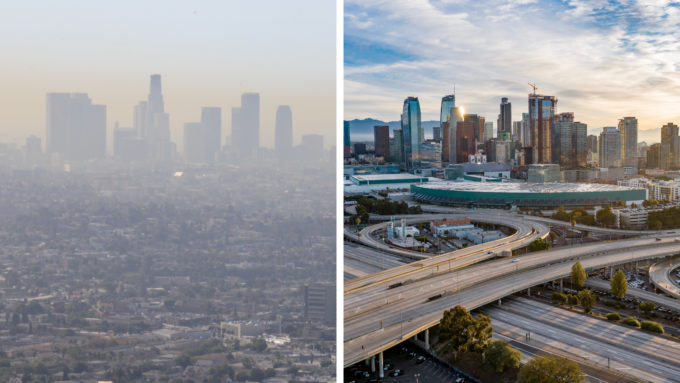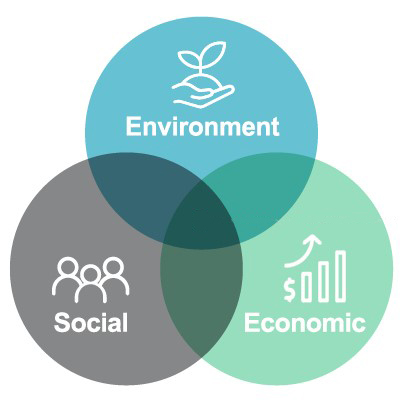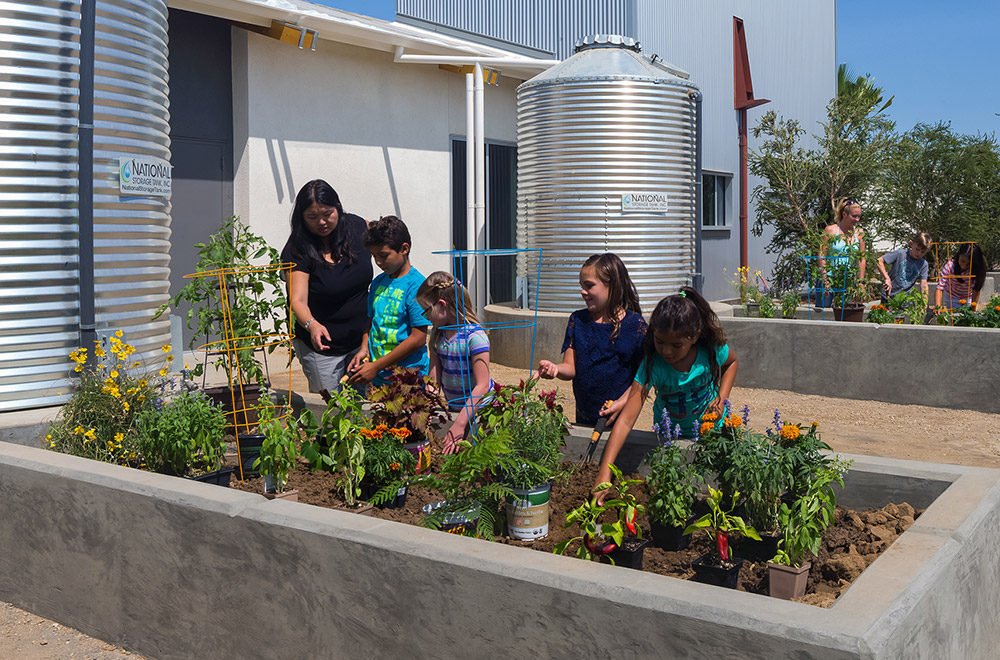I was eight when I decided to be an architect and 15 when I started to understand the impact of the built environment on the natural environment, making me second guess my decision. It was week three of my Introduction to Architecture lecture series during my first quarter at California Polytechnic State University, San Luis Obispo (Cal Poly SLO) when I was introduced to the idea of sustainability. Finally, I saw a path to bring my two passions together and hoped all three of us – architecture, the environment, and me – would be better off in the end.
At the time, Cal Poly did not have a minor in sustainability, but there were a few professors that made it a focus of their classes and I did all I could to align myself with those teachers and immerse myself in what they had to teach. In my second-year design class, my professor, who had lost her home to a fire a couple of years earlier, was building back a straw bale house. She invited the class to the site to help put some of those straw bales into place and watch the project come together over the year. She used the project to teach us some of the fundaments of sustainability, passive design measures, and the importance of understanding the climate then encouraged us to use those principles in our own projects. That experience, combined with my Environmental Controls Systems (ECS) class which focused on how to use the sun, wind, building orientation, and materials to your advantage to create a more comfortable space that uses less energy, helped shape my approach to design.
With five years of architecture school under my belt and a new wind beneath my wings, I left San Luis Obispo for my first job, ready to save the planet. It didn’t take me long to realize a couple of things as I started my career. First, there are a lot of people out there who don’t have any interest in saving the planet, especially 20-plus years ago. But second, and even more eye-opening for me, it’s not the planet that needs saving. As we saw early in the pandemic when the world was sheltered in place, the planet has the ability to heal itself. If we continue to change the environment to be uninhabitable, it’s the humans and animals who will suffer most in the long run.

With these two life lessons under my belt, I changed my approach. One of the basic concepts of sustainability is the balance between economic, social, and environmental impacts. One of these three topics tends to resonate with everyone. Economics has been a driving force in building design and construction for decades and will always be an important part of the decision-making process. As the social and environmental impacts of our choices come to light, more and more people can factor those into the decision-making process as well. It’s a balancing act. When you understand what motivates people, you can talk their language, and start to find that balance.

I’ve been focused on working with teams to integrate sustainability into projects for 20 years now. Often sustainability is seen as something new and trendy, a trend that will clearly pass if we are patient. I regularly encourage people to think about building design before the industrial revolution. Before planes, trains, and automobiles, before electricity and indoor plumbing. Back in a time when people built in locations where they knew they could survive, with materials they had access to. When people built structures in response to the local climate, they understood where the sun would be throughout the day, during the different months, all year long. They knew how much rain to expect, where the winds were coming from, and how strong they were. They used their building structures to protect themselves and took advantage of the elements to improve their living conditions.
The industrial revolution created a culture of convenience. The ability to make space weather tight, put electric lights in, and heat and cool a space with little concern as to the outside conditions has given us limitless opportunities. We see now, those opportunities come with consequences. There has been a shift in the paradigm, an opening of the eyes, and an awakening of the minds. People are starting to see the impacts of the built environment on the natural environment, and we know it’s time for a change.
We need to find the balance between the building practices of the preindustrial revolution and the conveniences modern technology has brought us. We are creatures of habit, doing things the way we have always done them is easy and change is hard. But we have come to a time when change is necessary for survival. Humans have proven time and time again to be innovative, between putting wheels on luggage and a man on the moon, imagine what we could do when we combine the best practices of our ancestors with the innovation of today.
Sustainability has always been about balance. Today while I remind our teams to consider the traditional balance between economic, social, and environmental issues, I encourage them to consider a much bigger balancing act. You cannot be successful in balancing economic, social, and environmental issues if you are not also considering the budget, scope, and schedule of a project. To really see a project soar, the balance must also consider the very project-specific issues of the client’s priorities, the local opportunities, and the experience of the project team. Finding this sweet spot is never easy, it takes creative thinking, coordination, experience, and trust. The reality is, we need to be pushing the boundaries on every project to minimize impacts and maintain a habitable environment.

At HMC, this balance is part of our Design for Good mission. Our goal is to deliver the best project for our clients and the surrounding communities. I am a believer that the solutions lie somewhere in between the practices of our past and the innovations of tomorrow. Integrating the proven design strategies that our ancestors used inspires us to tread lightly. Working with our brilliant partners throughout the design and construction industry, we will push the innovations of today to find better solutions. If you have ever practiced yoga and held tree pose you know there is a constant shifting of forces. Balance takes work and awareness; you have to be willing to evaluate the ever-changing conditions and adapt to be successful.

